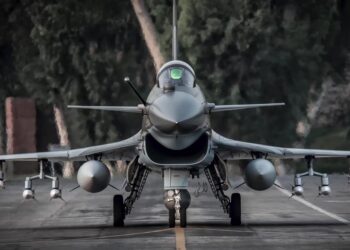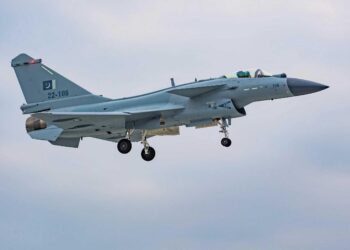US Government Accountability Office, GAO, In the last 5 years, the Department of Defense (DOD) has doubled its planned investments in new weapon systems from about $700 billion in 2001 to nearly $1.4 trillion in 2006.
While the weapons that DOD develops have no rival in superiority, weapon systems acquisition remains a long-standing high risk area. GAO's reviews over the past 30 years have found consistent problems with weapon acquisitions such as cost increases, schedule delays, and performance shortfalls. In addition, DOD faces several budgetary challenges that underscore the need to deliver its new weapon programs within estimated costs and to obtain the most from these investments.
This report provides congressional and DOD decision makers with an independent, knowledge-based assessment of selected defense programs that identifies potential risks and needed actions when a program's projected attainment of knowledge diverges from the best practices. Programs for the assessments were selected based on several factors including, (1) high dollar value, (2) stage in acquisition, and (3) congressional interest.
The majority of the 52 programs covered in this report are considered major defense acquisition programs by DOD. This report also highlights higher level issues raised by the cumulative experiences of individual programs. GAO updates this report annually under the Comptroller General's authority.
GAO assessed 52 systems that represent an investment of over $850 billion, ranging from the Missile Defense Agency's Airborne Laser to the Army's Warfighter Information Network-Tactical. DOD often exceeds development cost estimates by approximately 30 to 40 percent and experiences cuts in planned quantities, missed deadlines, and performance shortfalls. Such difficulties, absent definitive and effective reform outcomes, are likely to cause great turmoil in a budget environment in which there are growing fiscal imbalances as well as increasing conflict over increasingly limited resources.
While these problems are in themselves complex, they are heightened by the fact that this current level of investment is by no means final and unchangeable. A large number of the technologies under development in these systems are sufficiently new and immature that it is uncertain how long it will take or how much it will cost to make them operational.
Most of the 52 programs GAO reviewed have proceeded with lower levels of knowledge than suggested by best practices. Programs that start with mature technologies do better.
Programs that began with immature technologies have experienced average research and development cost growth of 34.9 percent; programs that began with mature technologies have only experienced cost growth of 4.8 percent.
If DOD continues to move programs through development without requisite technology, design, and production knowledge, costs and schedules will increase, which will reduce the quantity delivered to the warfighter. This practice will also continue to reduce DOD's buying power, as less capability will be provided for the money invested. In the larger context, DOD needs to make changes in its requirements and budgeting processes that are consistent with getting the desired outcomes from the acquisition process.
To Read the Full Report, Click Here
Trump announces ‘full and immediate’ India-Pakistan ceasefire
US President Donald Trump on Saturday announced a ceasefire agreement between India and Pakistan after days of deadly jet fighter,...









